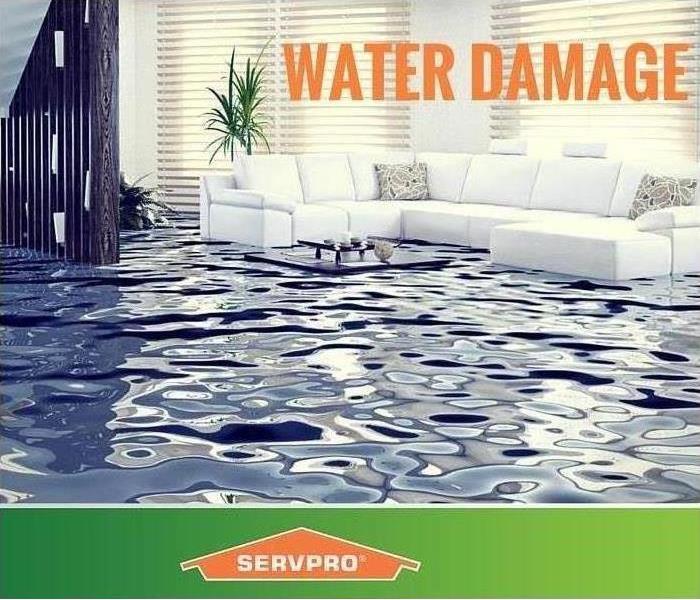Discovering Sources of Water Damage at your Property
3/11/2020 (Permalink)
If you discover a water leak in your home, the first few minutes are crucial. The main priority is to avoid panic and concentrate on getting the source of the water stopped. The most common water leaks in a home can be traced to the kitchen or a bathroom.
Most all common water supplies in a home have a shut-off valve nearby and all valves can be turned off with a clockwise turn. If the source of the leak is your washing machine, the valves to shut off the flow are located behind the machine. Do not disconnect the hoses. Instead, turn off the water flow where the hoses are connected in the wall.
In the kitchen, you will find shut-off values for the faucet under the sink. This is also where you will most likely find the shut-off valve for an ice maker, if your freezer is equipped with one. The valve that controls your sink is usually the same valve that provides flow to your dishwasher. In a bathroom, cutoff valves are below the sink and may be within a sink cabinet if you have one. The supply line for the toilet is commonly located under and behind the seat.
A water heater can also be the source of your leak. If it is a gas tank, turn off the gas supply first then turn off the water. The water supply valve is usually located near or above the top of the tank.
Stopping the leak at its source as quickly as possible will minimize damage to cabinets, floors, walls and contents. Within a single minute, several gallons of water can flow into your home and saturate anything in its path, including adjacent rooms.
Some leaks can’t be stopped with an inside valve so the water supply to your house has to be shut off. Lines carrying water into your home come from a main line outside that can usually be found close to the street where your water meter is located.
At SERVPRO of Northwest Ventura, we are experts at mitigating water damage. Our expert technicians work quickly and efficiently to extract any water, assess the damages, set up drying equipment and dry your property to its preloss condition.





 24/7 Emergency Service
24/7 Emergency Service
